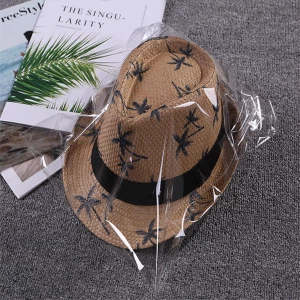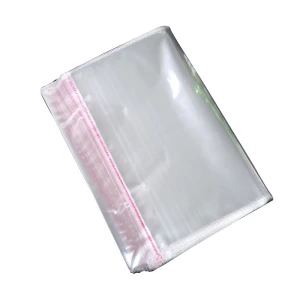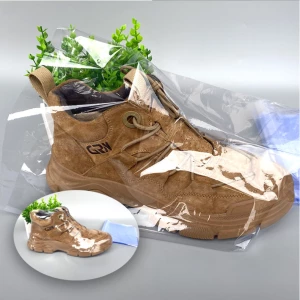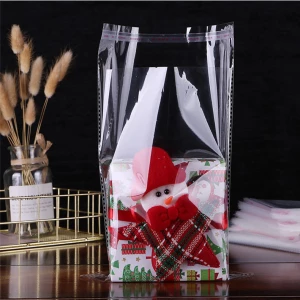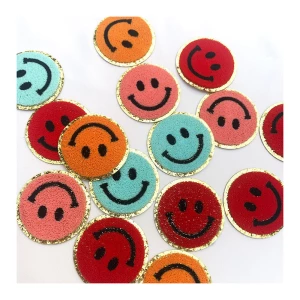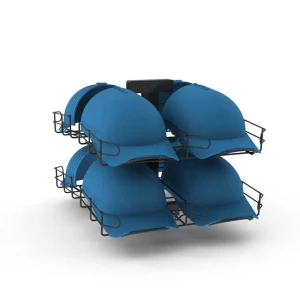Medical Protective Clothes: A Buyer's Guide for 2025
In today's healthcare environment, medical protective clothes are essential for safeguarding both medical staff and patients. Whether you're a hospital procurement manager or a distributor, understanding the latest trends and standards is crucial. This guide covers types, functions, and practical buying advice for 2025.
How to Find Reliable Medical Protective Clothes from China in 2025
China remains a leading supplier of medical protective clothes, but quality varies. To ensure reliability:
- Verify supplier certifications (CE, FDA, ISO 13485)
- Request product samples for material testing
- Check production capacity and lead times
- Review third-party inspection reports
Top platforms like Alibaba showcase vetted manufacturers with transparent customer reviews.
What Buyers Should Know Before Buying Medical Protective Clothes from China
Key considerations include:
- Material quality (SMS non-woven fabric is industry standard)
- Seam sealing technology (ultrasonic welding prevents fluid penetration)
- Compliance with international standards (ASTM F1670/F1671)
- Minimum order quantities (typically 500-1,000 units)
Types of Medical Protective Clothes
Common variants include:
- Disposable isolation gowns (basic protection for low-risk environments)
- Surgical gowns (AAMI Level 1-4 for different risk procedures)
- Coveralls (full-body protection for high-risk scenarios)
- Reusable gowns (typically 50-75 wash cycles)
Functions and Features of Medical Protective Clothes
Modern designs offer:
- Fluid resistance (tested against synthetic blood)
- Breathability (important for long shifts)
- Anti-static properties (critical in surgical settings)
- Comfort features (elastic cuffs, adjustable closures)
Scenarios of Medical Protective Clothes
Usage depends on risk level:
- General ward care (basic isolation gowns)
- Emergency rooms (fluid-resistant gowns)
- Operating theaters (sterile surgical gowns)
- Epidemic control (full-body coveralls)
How to Choose Medical Protective Clothes
Selection factors:
- Assess the exposure risk level
- Verify material specifications
- Check comfort and mobility
- Compare cost vs. protection level
Medical Protective Clothes Q & A
Q: How often should disposable protective clothes be changed?
A: After each patient interaction or when contaminated.
Q: What's the difference between EN 14126 and ASTM F1671?
A: EN 14126 tests against biological agents, while ASTM F1671 focuses on blood penetration.
Q: Can medical protective clothes be sterilized?
A: Only reusable types designed for multiple sterilization cycles.
Q: What's the typical lead time from Chinese suppliers?
A: 15-30 days for standard orders, plus shipping time.
Q: How to verify a supplier's quality claims?
A: Request test reports from accredited labs like SGS or TÜV.



















